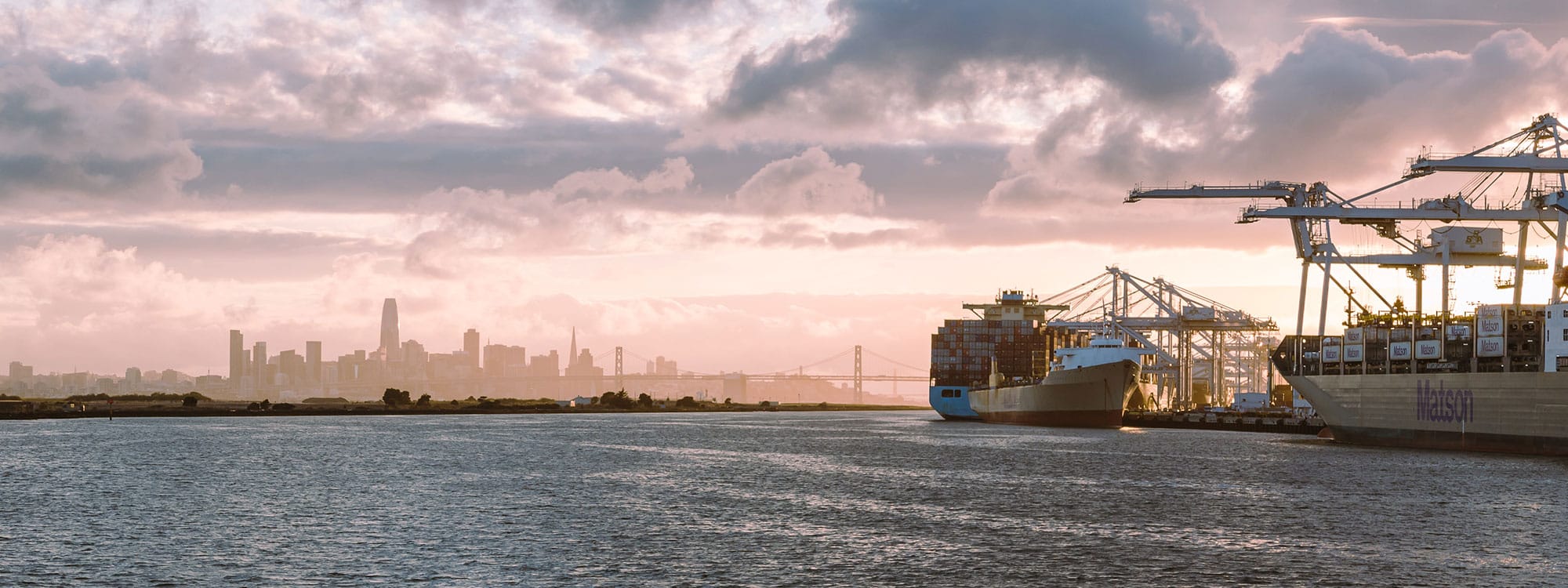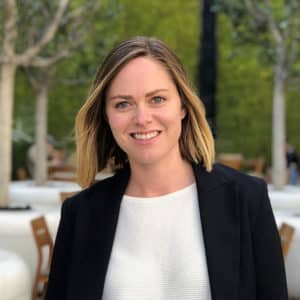Frustrated by the feeling that I couldn’t save the planet, a couple of months ago I joined my neighborhood council in an attempt to at least start helping out locally.
A week before attending my first meeting, I spotted a bright yellow sign nailed to a tree outside of my apartment building, that said: “Come meet your neighbors!” I live in a neighborhood full of apartment complexes where everyone mostly keeps to themselves. I quickly pictured a community recreation room filled with retired neighbors arguing over the parking regulations along my street. I was a bit hesitant and nervous to join the meeting out of fear I would be the only young person in the room or be viewed as an outsider who would threaten business as usual and dismantle the entire neighborhood.
I live in the Cleveland Heights neighborhood of Oakland. There’s a small park and recreation center at the bottom of the hill I live on, and this is where the meetings take place. If you’re picturing a typical recreation center, that’s exactly what this building looks like—children’s art displayed around the room, posters of neighborhood events and business flyers, and the overhead lights loudly humming (the sound of the lack of funding for community resources). The chairs were set up in a circle, and there were juice boxes and snacks in the back of the room. Everything I had pictured about the meeting was coming true, but as I looked at everyone in the room, I noticed there were people of all ages, all races, and all genders. Nothing atypical to Oakland, but I was surprised at the number of young people there. It was an extremely welcoming group of individuals and I suddenly relaxed, smiled, and was very pleased I had attended.
Two police officers in uniforms stood in the back of the room with their radios loudly making noises, and their hands resting on their guns, but I soon found out that they were our neighborhood’s beat cops. They introduced themselves, told us their patrol hours, and gave us their phone numbers in case we ever needed to contact them or saw anything suspicious in the neighborhood. They also discussed a “Barber Shop and Coffee with a Cop” forum throughout the city which connects with members of the Oakland community and offers real ways to bridge the gaps between media-driven perspectives of the police and establishing real relationships. These cops were dedicated to the safety and health of the community and their stern, yet jovial manner validated that immediately.
There was also a sub-committee dedicated to the neighborhood park, and I learned about community plant days. I also learned how to adopt a storm drain, a contentious topic among the group about who was the storm drain adoptee leader. The city lacks the funding and resources to clean all of the city’s storm drains, which help prevent flooding during storms and maintain water quality. By adopting a storm drain, and clearing debris, you’re taking action to help prevent flooding. You can even name your storm drain, and the city provides you with the proper supplies to clear the debris.
It was absolutely incredible to learn about everything that was happening within this one neighborhood of Oakland, and I felt a strong sense of community and belonging. If you’re feeling frustrated by the inability to make a change globally, I would highly recommend starting locally. Also, getting involved in your neighborhood council could be a jumping-off point to serving on a city council. Making those connections, and learning about your neighborhood is a wonderful way to get involved and make a difference.
During COVID-19 our neighborhood council continues to meet virtually, as do many others. Next on the agenda, discussing a Citizens Youth Academy, an opportunity for young residents to get involved in civic engagement.
Find out more about your neighborhood or community advisory council by visiting your county or city’s website and if possible, join in on the next virtual meeting.
For more information on the City of Oakland’s neighborhood councils, click here.
Here’s a fun article on 101 small ways you can improve your city.
Photo: Guillaume Merle via Unsplash





